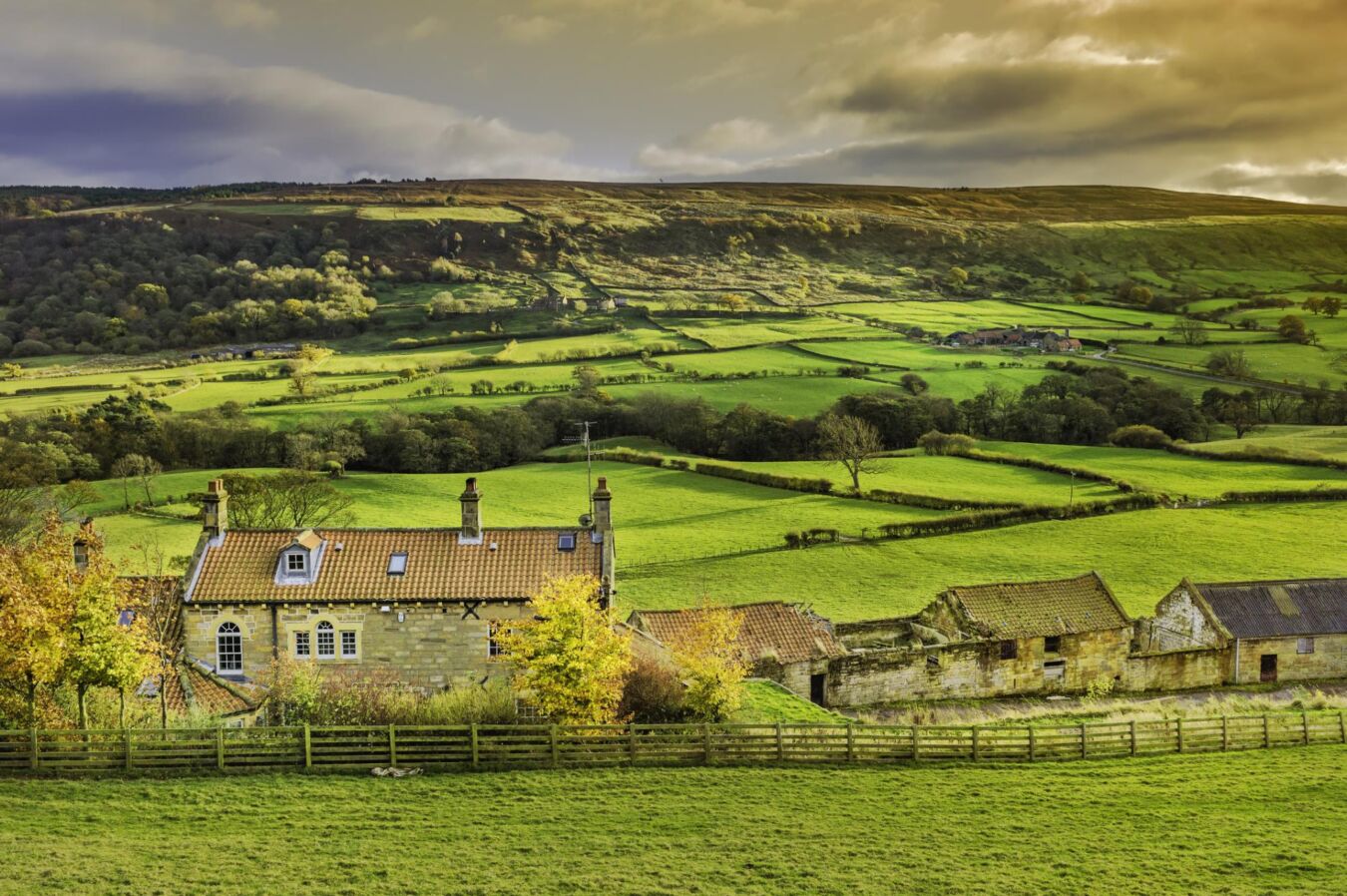
Contributors: Elaine Brailsford
Date published: 3 December 2020
Resolving Rural Disputes webinar: encroachment and remedies
Shepherd and Wedderburn’s rural disputes team has shared key insights into resolving common problems through a series of coffee break-style webinars. These 15-minute sessions with our rural experts discuss topical issues such as car parking, wildlife crime, access rights and open water swimming.
Encroachment and remedies
What measures can you take if someone encroaches on your land? Join Elaine Brailsford and Stephanie Hepburn, of Shepherd and Wedderburn’s rural disputes team, for this webinar outlining the remedies available when another party has encroached upon your land or upon your right of access.
Please see below for a written article from Elaine on this topic, and please note that you can view and download a pdf copy of this article here.
Encroachment problems on land can be very difficult. Straying onto someone else’s property can give rise to all sorts of problems, not least the possibility of a neighbour dispute. People are often very protective of their property and their rights, and no more so than when that property is heritable. More often than not encroachment occurs due to uncertainty as to where a title boundary actually lies on the ground. When dealing with maps that have a large degree of tolerance, plotting the legal boundary with accuracy on the ground can be difficult. Historic title maps may rely on features that no longer exist, the topography of the land can change and rivers move.
Sometimes the dispute may be because the title has been incorrectly plotted in the first place, and one party believes they have title to ground on which they build but in fact they do not. That may be a fault of the Keeper of the Land Register or the surveyor or agent who drew the plan that was submitted for registration. In the case of John and Kirsten Higgs v the Keeper and Mr and Mrs Harris (LTS/LR/2017/11), Mr and Mrs Higgs made an application to the Lands Tribunal to have their title rectified in respect of what they said was an inaccuracy in the Land Register. They had purchased a farmhouse and the Keeper registered their boundaries in accordance with a map that was attached to the disposition. The map had been drawn by surveyors showing a road, to the west of which was the farmhouse. At the time of drawing the map, the road had not in fact been built. Once it had been built, the farmhouse was to the east of the road. In that case the Lands Tribunal refused to rectify the title. There was no inaccuracy in relation to what the Keeper had been given to register.
Sometimes, however, disputes occur when people inadvertently build something that strays over their legal boundary, like a garage or driveway, or they incorporate into their garden an area that actually is in their neighbour’s title. In such a case that would be wrongful encroachment. It is not only the title that can be encroached; the obstruction of legal rights, such as that of a servitude right of access, is an encroachment entitling the person whose right has been encroached to a remedy.
The usual remedies for encroachment are removal and interdict. Interdict is to stop the unlawful act of encroachment happening and removal obviously is to have the encroachment removed. Much will depend on what stage the encroachment has reached as to whether interim interdict would be appropriate to stop a threatened encroachment and maintain the status quo or whether removal is required because the encroachment is already in place. It is also possible to obtain an order for interim removal, although that is not common. Such orders are made “interim” because they are granted before there is a full determination of the case. They are usually sought as a matter of urgency to preserve the status quo until the rights and wrongs of the case can be determined. Such interim orders are granted on parties’ statements and not after evidence has been led and tested. The court requires to take the statements as “pro veritatae” – as if they are the truth. It is entirely possible that when the matter goes to a full evidential hearing the original basis of the interdict sought on an interim basis is not upheld. Accordingly interim orders of this nature are granted at the pursuer’s risk. If it at the end of the defended case it is found that there has been no unlawful act, the pursuer will be liable in damages for any loss sustained by preventing the building or whatever was the threatened obstruction or encroachment. If a major building project has therefore been put on hold due to the granting of an interim interdict, the damages resulting may be substantial.
On the other hand, allowing an encroachment to continue and not seeking to interdict it has its own risks for the pursuer. Once something has been encroached upon, removal or a claim for damages is the remedy.
Removal is the primary remedy but the court does have power to refuse removal. However, it has been held that the exercise of such discretion in refusing an order for removal should be in exceptional circumstances. The matter of exceptional circumstances was considered by the Court in Anderson v Brattisannis 1978 SLT(Notes). For the court to exercise its power to refuse removal, it must be satisfied that the encroachment was made in good faith, that the encroachment does not materially impair the pursuer the enjoyment of his property, and that removal would be disproportionate when viewed from the perspective of the defenders. Often encroachers will seek to rely on that last test – that it is wholly disproportionate to have to remove the encroachment, whatever it is, but all three tests must be met before the court is entitled to exercise its discretion and refuse an order for removal. It is therefore important to protest against ongoing encroachment to make clear that it is not consented to, as well as to avoid arguments about personal bar or acquiescence and to put the defender in bad faith if they continue. The risk then flips to the defender as if they continue to build, for example, they run the risk of being ordered to remove the encroachment.
Damages is the final remedy. It may be difficult to quantify in monetary terms the loss suffered as a result of an encroachment. One approach is to value the land with and without the encroachment. Another is to look at the extent to which the encroacher has been enriched by their wrongful act. Sometimes the encroachment has created a ransom situation where, to avoid the cost of removal and to allow the encroachment to remain, the encroacher will pay a ransom payment or “frustration payment”. This could reasonably be based on the saving that could be achieved by not being put to the cost and inconvenience of having to remove the encroachment or obstruction. This was an approach approved of by the Lands Tribunal in the case of Craigmyle v Keeper of the Registers of Scotland 2016 G>W>D 26-482 .
For more information, please contact Elaine Brailsford, a Partner in our rural disputes team, at Elaine.Brailsford@shepwedd.com.
More in this webinar series
If you missed any of our Resolving Rural Disputes webinar series, or would like to revisit a particular issue, you can now access recordings of all the live webinars on our Youtube channel here.
Contributors:
Elaine Brailsford
Consultant
To find out more contact us here
Sectors: Agricultural Tenancies, Share Farming and Contract Farming Arrangements
















